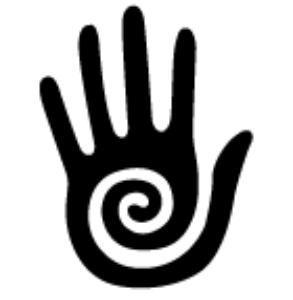TT Journal, ISSUE 7, September 2024
By Andreas Weber
Organisms create time. But not in the way that body processes tick like mechanical clocks. Life creates time by means of breath and desire. Organisms generate the succession of moments in a choreography of inner needs, through rhythm, repetition, swelling and releasing, through voice and song
Reality is a process of constantly deepening experience. This experience takes place in bodies that meet, join, intimately embrace and transform one another. One aspect of the body is that it is made of the world. A body, though acting as an individual, is not separate from the world. It is made of it. It is one of its many ways to manifest.
Another perspective on the body is feeling. Feeling has to do with how bodies manage to be individuals and world at the same time. It is wrought with the happiness (or torment) of an encounter in which it is possible (or not) to be more intensely self by allowing the world to run more intensely through that self. The medium of this embodied process is oscillation. The medium of changing the world by transforming it into my body is fluctuation around a zero position. The degree to which world transforms as I engage its touch, I experience as meaning. Oscillation is meaning. Meaning is the experience how it is to be world, from the particular perspective of a body which relentlessly builds itself from this world.
An organism creates oscillation by expanding and contracting in the course of its life process. Life is an ebbing and flowing, following the pace of producing discontinuities and resolving them. By this welling up and sinking down, life creates time. It also creates music. Music is an oscillation phenomenon, too: it is made from changing pitches and varying rhythms. As it translates the existential oscillations between body and world into expression, music is a matrix of experience. Experience is the subjective dimension, our existential awareness of the oscillations we create while we bring forth ourselves as life.
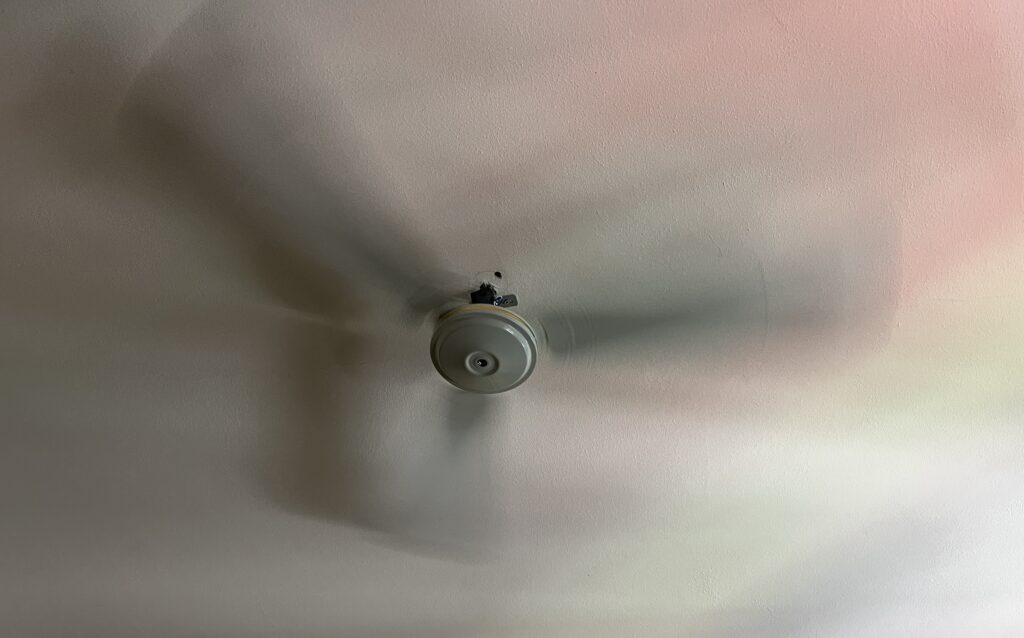
All life is rhythm and vibration – on an entirely material level. Life processes are cyclical. They start anew where they ended and go through the same circle with a slightly different shape. They are, as the title of Gilles Deleuzes’ early book states, “difference and repetition”. Oscillation means that there is a constant undoing at work. A cycle consists of a ground zero – death – and a hyperbole – engendering new life. Death creates the possibilities of birth, decomposition those of synthesis.
A living cell can be understood as a cycle that has taken a circular form in space. A cell is a sphere that starts nowhere but is also a boundary over its whole surface. To the rhythm of being alive belongs what always characterizes rhythm as such: namely to cause interruptions of the flow and thereby to accentuate the flow more strongly. Cells offer an opening to the flow, but syncopate it according to needs.[i]
All life processes, as the biologist and insect researcher Scott Turner has observed, are oscillatory[ii]. In their unforeseeable up and down they resemble alternating current (AC) whose voltage constantly changes between positive and negative, not direct current (DC), which flows with uniform voltage. Alternating current is rhythmic motion. In the reproduction of music, a sound signal is present as an alternating current pulse, which moves the loudspeaker membranes back and forth and turns energetic vibrations into messages. Air vibrating as sound is alternating current.
In alternating current rhythm is already present. The up and down around the zero line of the sine oscillation has an inherent pace, in which troughs and crests of the electrical wave appear. Vibration over time is really a circle. If it is plotted down as a jagged line then it is because the pencil, describing a circular path, glides over the paper which continues to move under it. As life is cyclic, it necessarily creates oscillation while change is advancing.
As a cycle is already rhythmic in itself, all rhythm is a slowed-down oscillation – a very low tone. Thus, in composed music, we can speak of at least three different levels where rhythm appears: the rhythm of the “alternating current” oscillation of the tone frequency inherent in the vibrating tone, the beat, i.e., the rhythm of each movement or verse, and the rhythm of its succession. If the musical piece is a song, the inherent rhythms of speech are added. Multiple rhythms overlap, blend, and transform each other.
We find these overlapping rhythms in a living being as well. Here the pulses of cell wall construction, DNA reproduction, protein synthesis, cellular respiration, feeding, waking, resting, seasonal moods interpenetrate. Today, chronobiology has described thousands of rhythm and pace generators in cellular life, which are called “internal clocks”. These clocks, however, do not measure the beat of the body, but produce time, because they take part in the physiological self-generation of life.
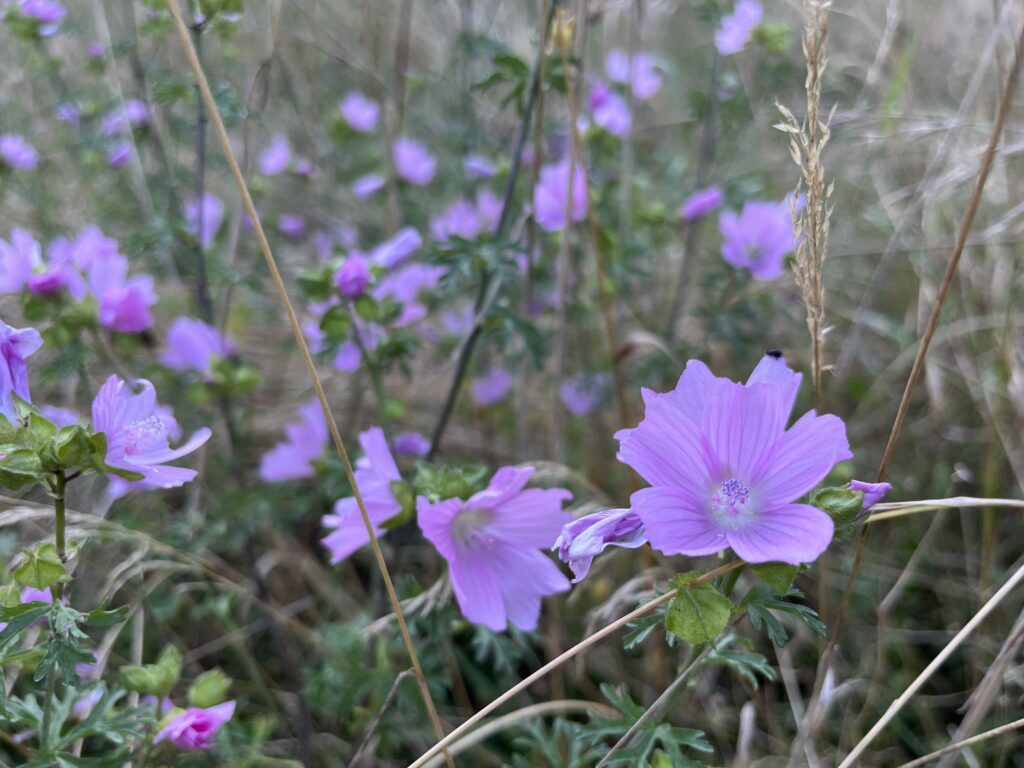
A living being is time creating itself as a body. Processes in the organism – digestion, growth, readiness to mate – are cyclical. Birth and death follow a cycle. The periodic generation of a physical self is what brings a living thing into existence in the first place. As the self-creation of a body follows a space- and dimensionless (but experienced) desire to be, time can also be viewed as the result of this desire to be. This again brings us back close to music which could be understood as a conscious expression of this desire.
Organism on the whole could be understood as manifestations of the “desire to be” and at the same time as its active embodiments. Therefore this desire should be observable in what an organism is and does. The writer, philosopher and naturalist Johann Wolfgang von Goethe has spent considerable amounts of work on this kind of observation. Indeed, Goethe connects the shape of an organism with the creation of time. For him, a plant is a “Zeitgestalt”, “time shape” – a form (gestalt) of/ within time –, as he states in his “Metamorphosis of Plants”.
The plant is crystallized time in several respects: it shows in the various forms of its sepals the stages of the metamorphosis of the normal leaf into a petal, it shows in the stages of its blossoming, withering and fruiting the progress of the life cycle. With the vegetal growth process time becomes manifest. Its solidification can be read as the growth sequence of the various plant organs which is conserved in the shape of the lower or tree: shoot or stem, nods, leaves with more nods, branches eventually, blossoms (which again are a variation of the shoot/leaf structure).
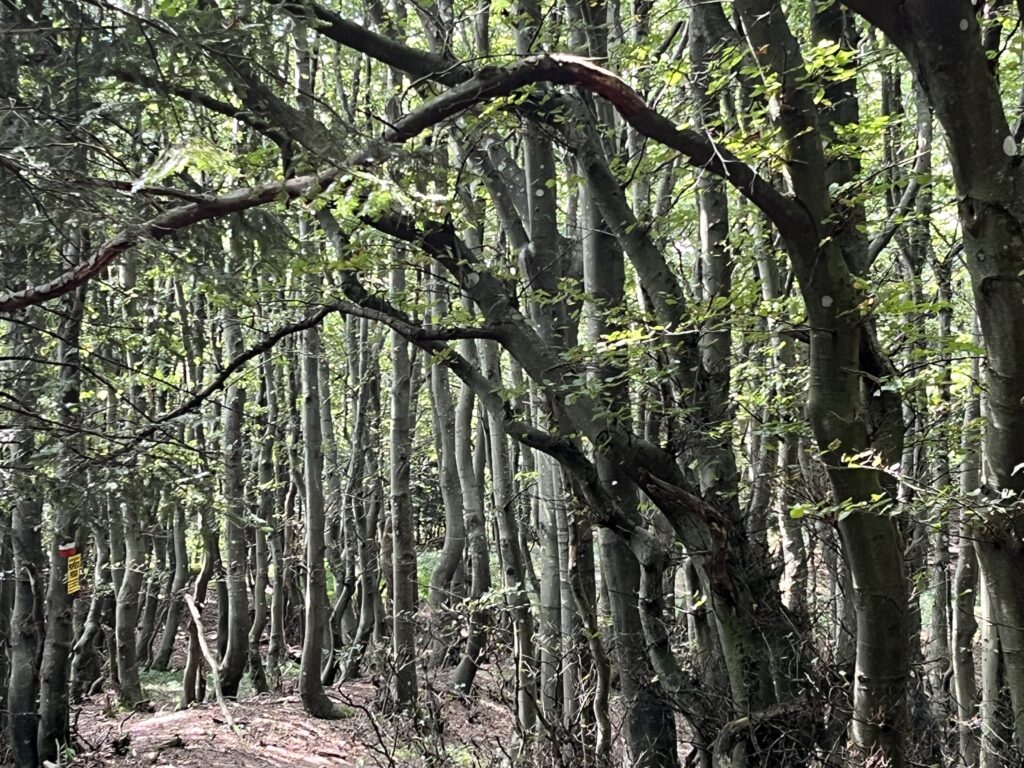
A plant is a score in which time composes itself. From it we can understand the tune of life just by looking. Its “time shape” (Zeitgestalt) is what stirs us inside, because in it (and transformed by it) we grasp the time process of our own organic embodiment. It encloses and displays our own identity formation, our desire for growth, our unfolding, our blossoming, our maturing – but also our withering, our becoming undone, and the transformation of our wounds into firmer flesh.
The plant is a “Zeitgestalt”, because experiencing in a body happens as form in time. Therefore the visual observation can also be grasped by music. Music is equally a form in time. It is so in the medium of vibration, which is already inherent in the “time shape” of a body and penetrates through it to the outside. Sound is thus the epitome of the experience that existence means transformation. Every sound transforms, it meets me as a body and changes my vibrational state, so to speak.
The Eros of this ecology of relations, which are always the transformation of other into the own and of the own into other, does not take place within objective time. It realizes time by realizing relations. The relations that emerge from an urge for life, which form the background of reality, make time real – just as a sonata creates time and realizes this creation while the musicians interpret the score. Like in music, time is created when meaning unfolds.
Music is our body’s sense organ for the experience of time. The French philosophers Gilles Deleuze and Félix Guattari observe that milieus (i.e. inner, organic areas of moist identity formation and self-reproduction) delimit themselves through rhythmisation. Every milieu is vibratory, they point out.
According to Deleuze and Guattari, the retribution of the milieu against chaos is rhythm: “Chaos is not the opposite of rhythm, rather it is the milieu of all milieus. Rhythm is there as soon as there is a passage from one milieu to another, and thus a new flare-up of meaning, communication between the milieus, coordination of heterogeneous space-times. Drying out, death, penetration are revealed as rhythms.”[iii]
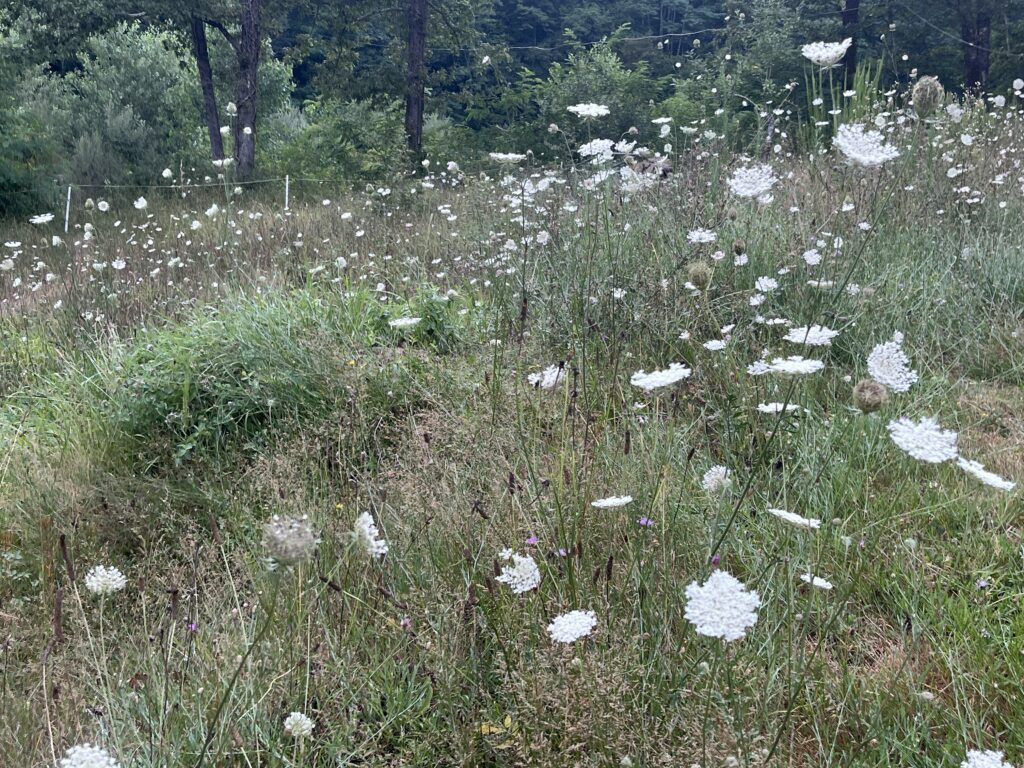
Body, as rhythmised breath, namely metabolism, is always sound. It is voice. Voice is feeling. The world, with its voices, is a sounding body. The world, as a sounding body, appears in feeling. No shout leaves us unmoved, if only because the sound deforms our body, because it inevitably makes it resonate. Conversely, as a voice, as the impulse of my body that excites the world, I am also outside: the whole world.
The rhythm in which sound waves occur is directly linked to time: Hearing is the sense of becoming (of life itself), voice is its expression. Acoustic rhythms find their refrain in the endogenous rhythms that control basic biological functions (sleeping/waking; mating/resting; vegetation/hibernation) and are not only an image or metaphor, but also a de facto manifestation of vitality.
Not only the inside, but also the matter that vibrates there, reveals itself as a carrier of emotional values. Because even if philosophers always shamefully hide this when thinking about music: Music is the most emotional of all forms of expression and art. Music is directly emotive, you cannot escape it. The world is inside, and this inside is not neutral, not a network of relationships, but existential involvement. Music is a proof that the world inside is about something. But it follows that the outside, matter and its forms, also reveals itself as deeply emotional.
The close overlap between music and living body that I am trying to show here can be seen most poignantly in beings that create sound. Of course humans falls in this category – but many more organisms are singing out their life. The most conspicuous of them are birds. Birdsong has inspired many composers of music to understand, imitate, and improvise upon – the natural creation of tune and rhythm. The French composer Olivier Messiaen took long field trips to record and notate melodies performed by birds. He composed several music pieces on or rather as bird voices.
In music we understand a particular emotion with surgical precision – only that this precision is about emotional perception, not abstract objectivity. A song or a tune or a symphony, however, does not express feelings but ideas of feelings, not happiness but the concept of happiness. No judgment can be passed and no sarcasm formulated in music.[iv] It does not judge, because it is life itself, from within.
Tunes, rhythms and cadences echo the swelling and relaxing of our body’s existence. Music objectifies – crystallises – being.
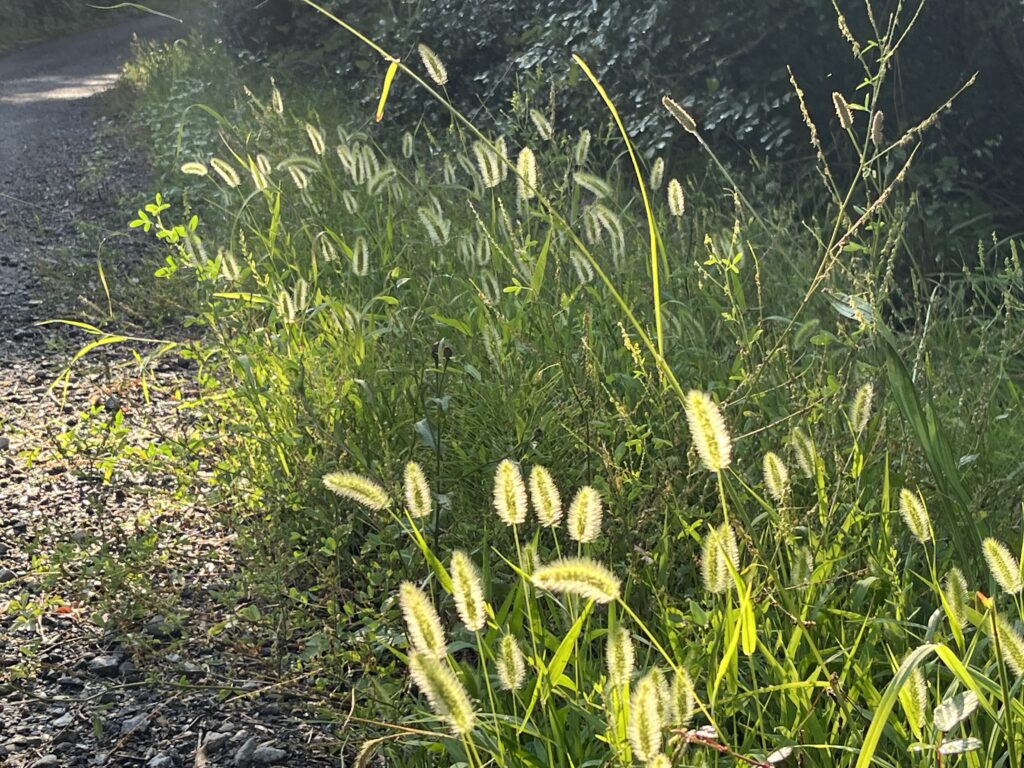
Once again, organisms in their creation of time can be seen as microcosmic versions of the overall reality. Only by bringing forth meaning, the universe pours forth time. By this, time would stop to be a background factor and become something actively moulded, which in principle could have very different paces and viscosities. Time would be fundamental, not a background factor – and it would be coupled to an aspect of inwardness weaving through all reality.
We understand that reality itself is a process of inner experience, of unfolded meaning, which on the outside appears as the sequence of things in chronological succession, and to the inside as existential, emotive self-presence. Just like music does. And like music it follows a desire to be executed, to be created, to resound and fill the soul that has become with it.
We have seen that in music, which is meaning created through time, both time and meaning are intimately related. We have also seen that (musical) oscillation and meaning are connected within life. Is the passage of time therefore a symptom of unfolding meaning, rather than of an objective, and merely physical, “background ticking” of the universe?
Is time instead born from a desire for life to be? Again, music speaks of this desire as well. Music is an engine of yearning. It speaks of the desire for life to come into reality, of the desire that has no space and no time, which manifests while the tune unwinds and slowly fades, and then again leaves a void in which only yearning remains. In its core music holds a thread into timelessness.
Before the beginning of time there is the desire which is yet to give itself into space. The “Hidden Jewel”, as the Sufis say, who longs to be seen, and in order to achieve this, gives itself away completely into the successions of life processes. And yet, although continuously revealing itself, its true substance stays hidden.
There remains a stillness in the middle of the score of being, a silence within the music sounding from the ebb and flow of breath, from the excited contractions and relaxations of the flesh. The singularity, from which the desire for life, and hence all movement and all melody, springs, sits right in our centre.
Life creates the motion of the moments, but within itself lies a point where there is transparent motionlessness, and endless yearning. This is the source where life comes from, and it is outside of life; the source where time comes from which itself is not time. It is the dimensionless potential beyond the expanding space which is nothing but the longing that life be.
The presence of this source in the heart of the living is what Olivier Messiaen might have had in mind when he said: “Birds are the opposite of time.”
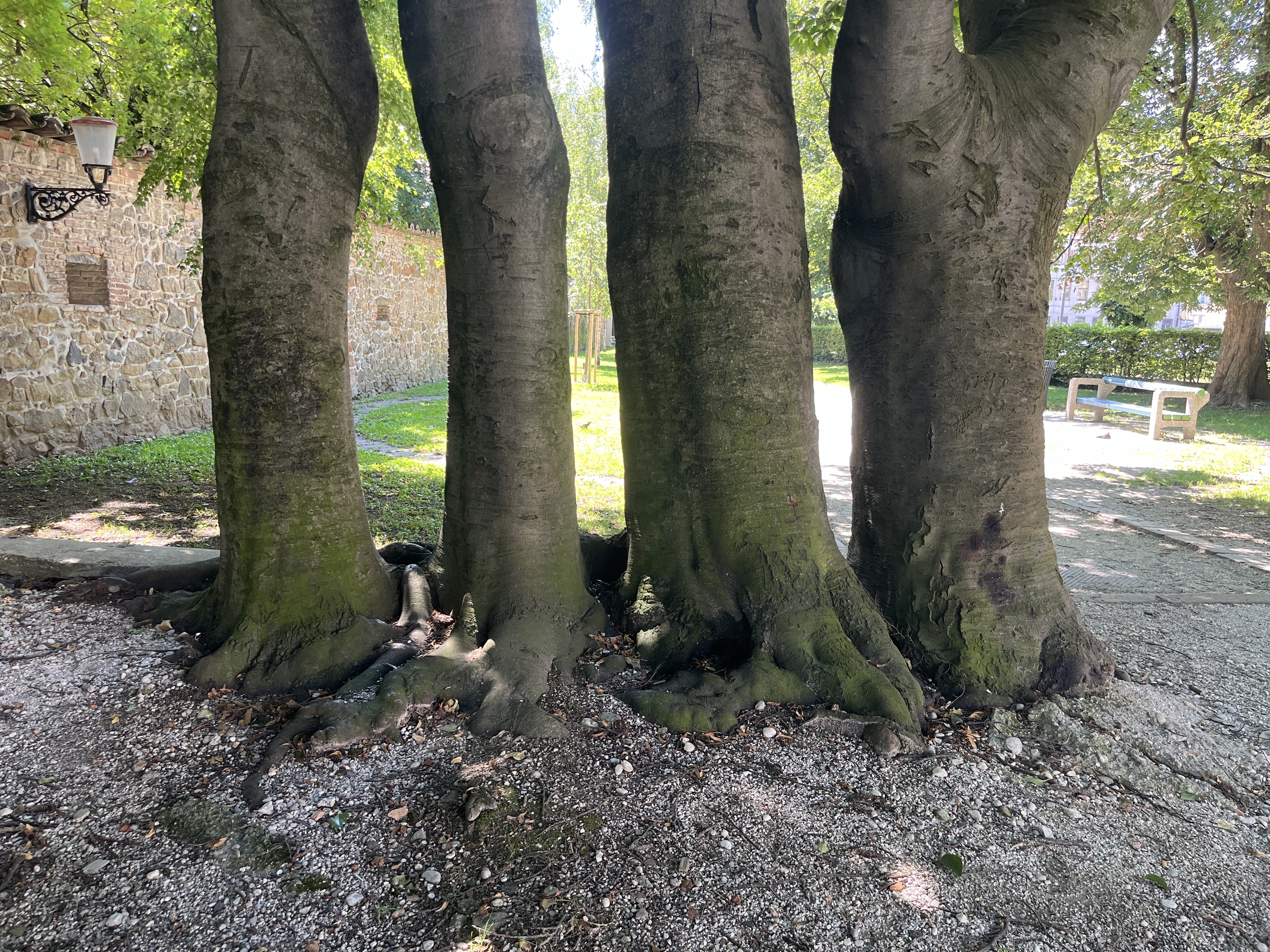
*This essay is based on some lines of thought from two previous works, in particular:
AW, “Stimme sein”, in: Michael Fuchs, ed., Beziehungssystem Stimme. Vol. 12, Kinder- und Jugendstimme, S. 31-54, Berlin: Logos, 2018.
AW, Essbar sein. Versuch einer biologischen Mystik. Klein Jasedow: thinkOYA, 2023.
A recent Podcast interview (in English) on related topics can be found here: https://www.ttbook.org/interview/becoming-edible-philosopher-andreas-webers-mystical-biology)
Footnotes:
(All quotes from works which are originally not in English have been translated by me, AW):
[i] Cf. Simone Weil, La Pesanteur et la Grâce, Paris: Plon, 1988, p. 164. For Weil, separation, which is connection, was the essential form of our relationship to reality – and ultimately to the whole of reality, to God. Weil followed here the concept of “metaxu” in Plato: “Le mur est ce qui les sépare, mais aussi ce qui leur permet de communiquer. Ainsi nous et Dieu. Toute séparation est un lien.” (“The wall is what separates them, but also what allows them to communicate with each other. So also us and God. Every separation is a connection.”)
[ii] Scott Turner, »Homeostasis, Complexity, and the Problem of Biological Design«. Pre-Proceedings of the 3rd International Workshop on Complexity and Philosophy Stellenbosch,South Africa,22nd–23rd February, Mansfield, MA: ISCE Publishing, 2007, p.131–147.
[iii] Gilles Deleuze, Félix Guattari, Tausend Plateaus. Kapitalismus und Schizophrenie II, Berlin 1992, Plateau 11, “Vom Kehrreim”.
[iv] cf. Andreas Luckner: »Musik – Sprache – Rhythmus. Bemerkungen zu Grundfragen der Musikphilosophie«. In: Musikphilosophie. Musik-Konzepte, Neue Folge, 2007, p. 39.
Andreas Weber is a Berlin based book and magazine writer and independent scholar. He has degrees in Marine Biology and Cultural Studies, having collaborated with theoretical biologist Francisco Varela in Paris. Andreas has contributed extensively to developing the concept of enlivenment in recent years, notably through his essay Enlivenment. Towards a fundamental shift in the concepts of nature, culture and politics (Berlin 2013, published in expanded and rewritten form as Enlivenment. Toward a Poetics for the Anthropocene, MIT Press, 2019). Andreas has put forth his ideas in several books and is contributing to major German magazines and journals, such as GEO, National Geographic, Die Zeit and Greenpeace Magazine. Weber teaches at the University of Gastronomic Sciences, Pollenzo, Italy. He is part of the staff of und.Institute for Art, Culture and Sustainability, Berlin, which is devoted to link the fields of art and culture with the field of sustainability, and to develop exemplary models of productive exchange. Andreas has been named as the 2016 Jonathan Rowe Commons Fellow, Mesa Refuge, Point Reyes, CA, USA. https://biologyofwonder.org/
